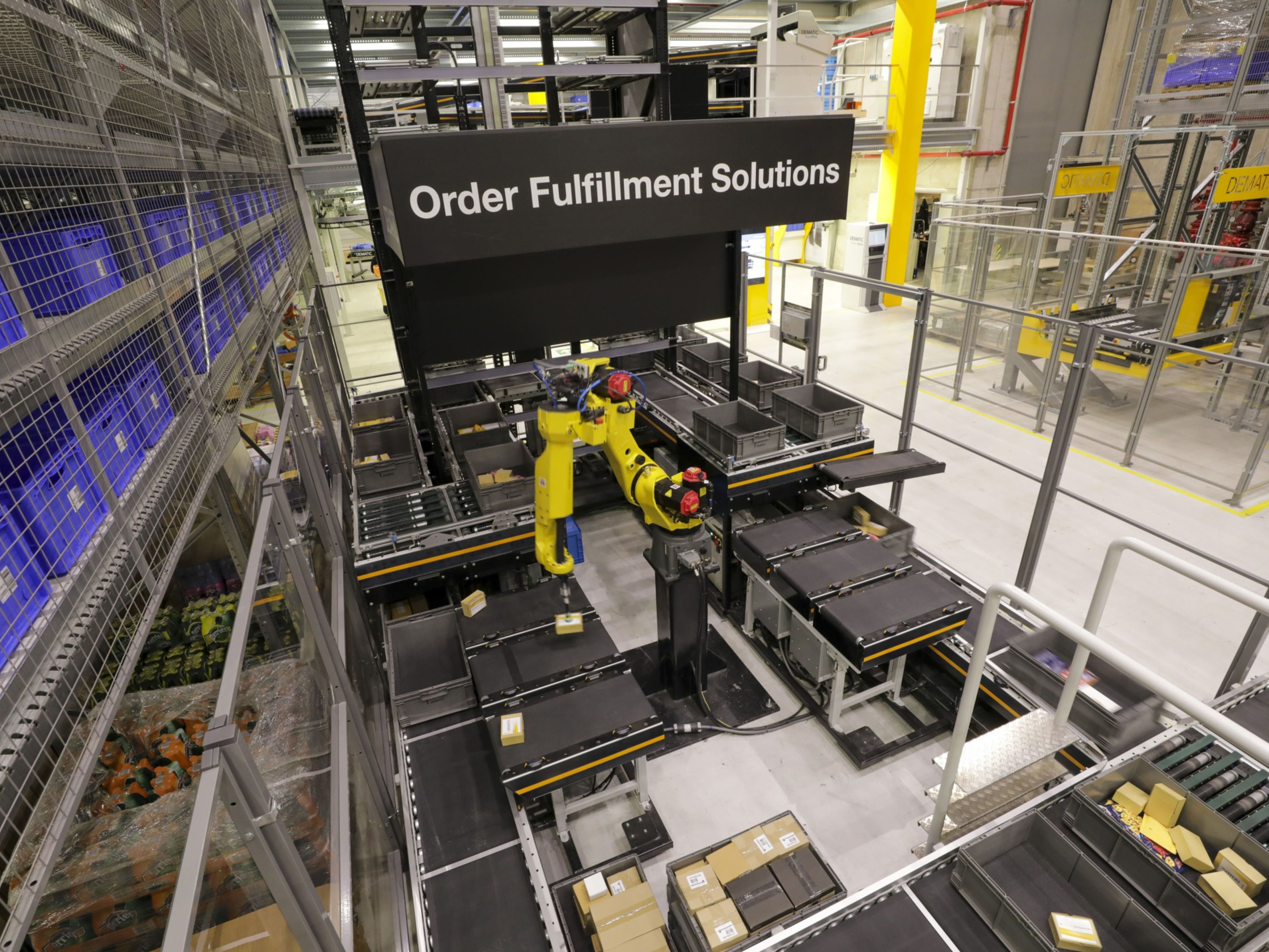
As shoppers continue to rely on contactless methods for receiving products amid the coronavirus pandemic, retailers are adjusting their fulfillment strategies to accommodate. This presents complex inventory challenges, as brands struggle to keep up with unpredictable demand across multiple fulfillment channels.
An e-commerce order management system (OMS) plays a vital role in keeping pace with fluctuating demand and delivering on customer promises. Here are three of the best ways to leverage the technology in the current climate.
1. Protect fulfillment promises via turnkey abilities. A big trend we’ve seen since COVID-19 is retailers promising the continuity of online orders with buy-online, pickup-at-curbside (BOPAC) and buy-online, pickup-in-store (BOPIS) options. Retailers are finding creative ways to deliver on these diverse pick-up options by transforming retail locations into “dark stores” for fulfillment. Instead of re-opening for business-as-usual, these brick-and-mortar locations act like mini-fulfillment centers, helping retailers keep up with the frenzied pace of e-commerce. This allows retailers to continue profiting off that location, reduce order delivery times to consumers, and keep employees gainfully employed. Shoppers also benefit from BOPAC from these locations. Consumers can obtain merchandise the way they prefer, while minimizing health risks for both themselves and employees. In addition, leveraging brick-and-mortar storefronts to fulfill online orders helps manage inventory and save on supply-chain costs.
The uptick in BOPAC speaks to the fact that it’s now more common to see retailers allowing consumers to request and receive products where and when they want. This could come in the form of customers picking up mobile orders in a matter of hours or placing orders in store for delivery when inventory is sold out. But these additional pick-up options also present challenges when managing inventory and fulfilling orders across multiple channels. Retailers can better deliver on their fulfillment promises by leveraging an OMS solution that can turn fulfillment locations on and off in real-time. Examples of these locations could include fulfillment centers, specific stores, specific regions, or even an entire store network. Retailers can use an OMS to access deep inventory visibility and order orchestration, ensuring orders are allocated to the right location to make pickups easier. An OMS can be a building block towards a unified commerce experience, where omnichannel technologies also integrate with warehouse systems, customer service tools, payments processors, tax systems and many more.
2. Ensure order accuracy with routing rule configuration. If a fulfillment location shuts down for any reason, retailers can use routing rule configuration to allocate products to less impacted locations. For example, a leading retailer Radial works with leveraged our order management system to swiftly disable and enable stores from their fulfillment networks when they were impacted by COVID-19. In doing so, this retailer was able to immediately remove the inventory available for purchase and decrease the risk of over-selling by routing orders to the next best fulfillment location.
Retailers must plan where inventory needs to be in the future, so that when consumers order that inventory, it is positioned in the optimal place. When the inventory is not properly placed, order fulfillment costs increase with split shipments and expedited transportation. This in return leads to added expenses for either the consumer or retailer. An OMS that maps out routing rules ensures that consumers in impacted regions or areas with delivery delays can still obtain the products they desire.
3. Use flexible fulfillment options for business continuity. Implementing temporary or pop-up fulfillment locations can help ensure business continuity, as retailers can re-route orders if certain locations are impacted or unable to re-open. Prioritizing this allows the consumer to purchase items when they want, without disruption, and with limited human exposure even during outbreaks.
Flexible fulfillment considers factors like regionalization that allow retailers to forecast whether certain product lines and categories will sell better in certain regions. Using this insight, retailers can ensure regions are better prepared for what’s next; this creates a sense of security with consumers and builds loyalty.
To do this, retailers need to optimize inventory planning and placement by leveraging intelligent order management to connect inventory placement to customer demand. Savvy retailers are making inventory decisions backed by data. These retailers stay ahead of purchasing spikes by using OMS analytics to predict where demand will hit next, based on historical data.
The panic buying phase of the pandemic proved that consumer behavior is unpredictable. With a modern OMS, retailers can better prepare for the unexpected, be it a continued increase in online shopping, bulk-buying, or other habits that strain traditional systems as retailers rush to deliver on promises. Those retailers who were already using omnichannel tech at the start of the year are now better prepared should there be a second wave of COVID-19, as they can access historical data from earlier this year about consumer preferences. An order management system can help retailers pivot much easier so even in times of uncertainty, it’s possible to turn orders, inventory, distribution centers, stores, and suppliers into a successfully unified commerce experience.
Sean Seraphin is senior director of omnichannel at Radial.







